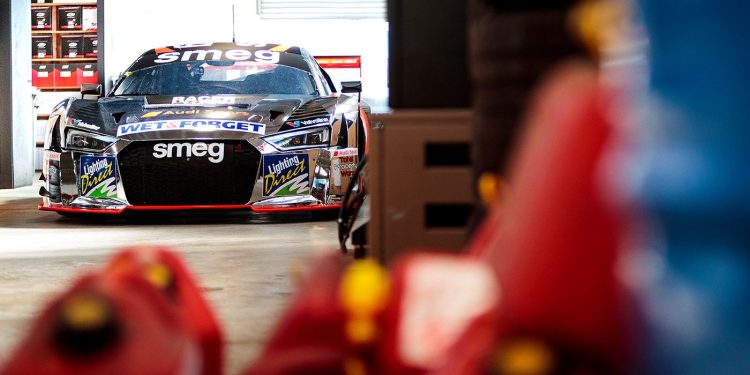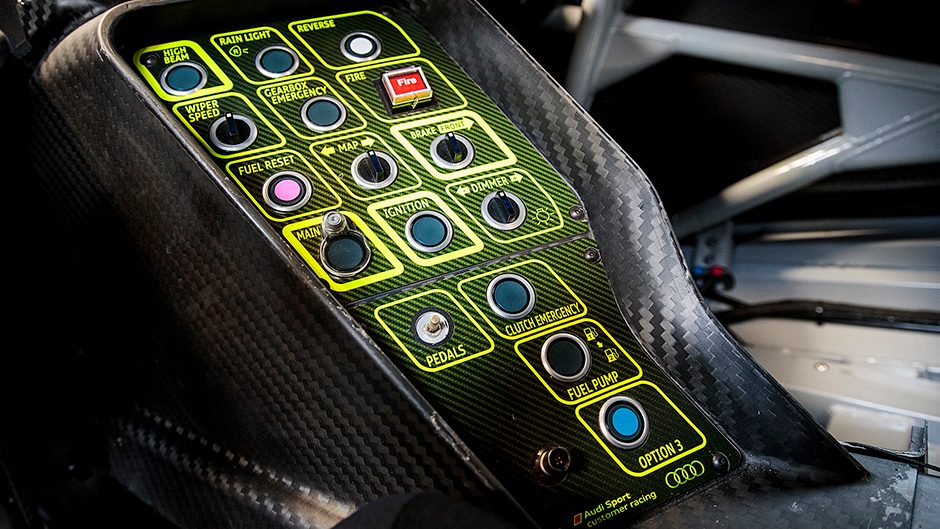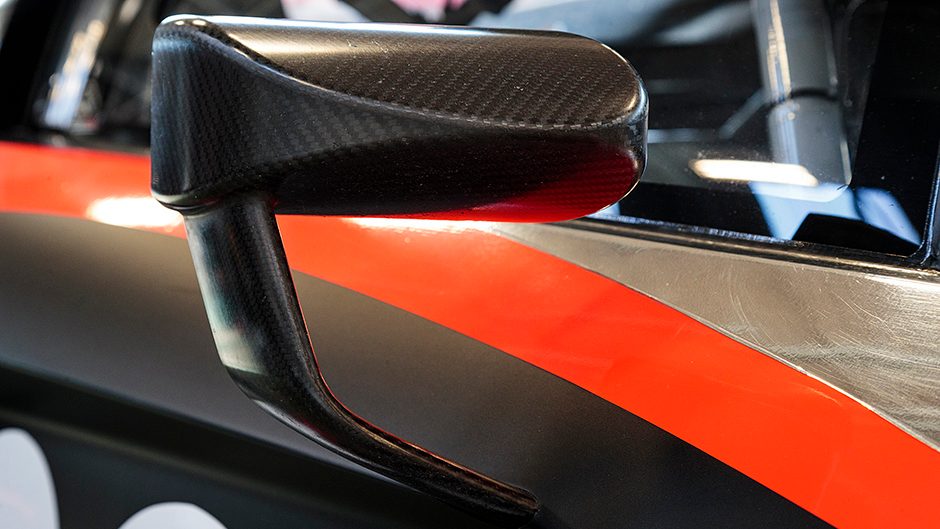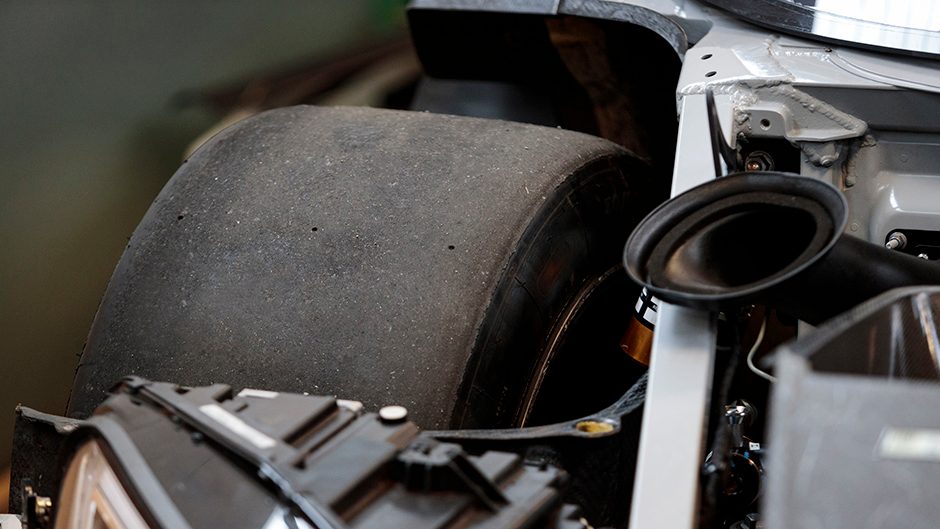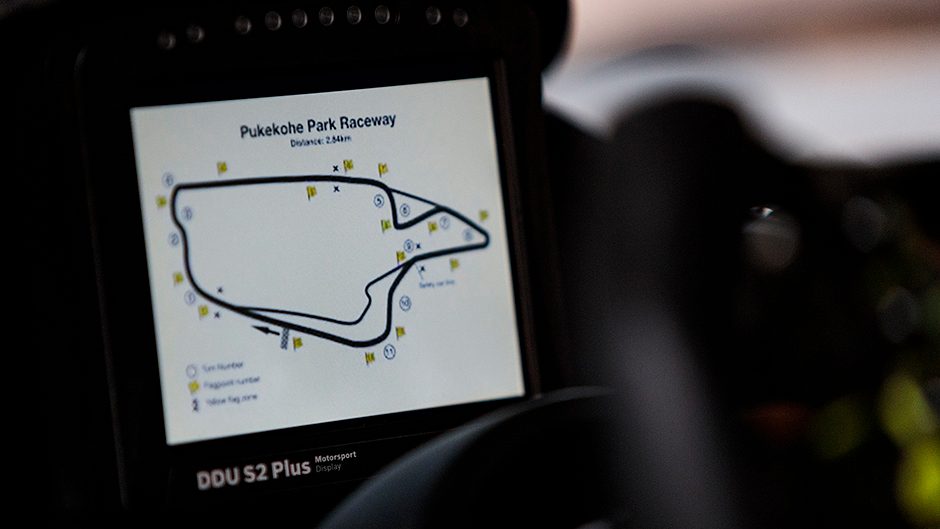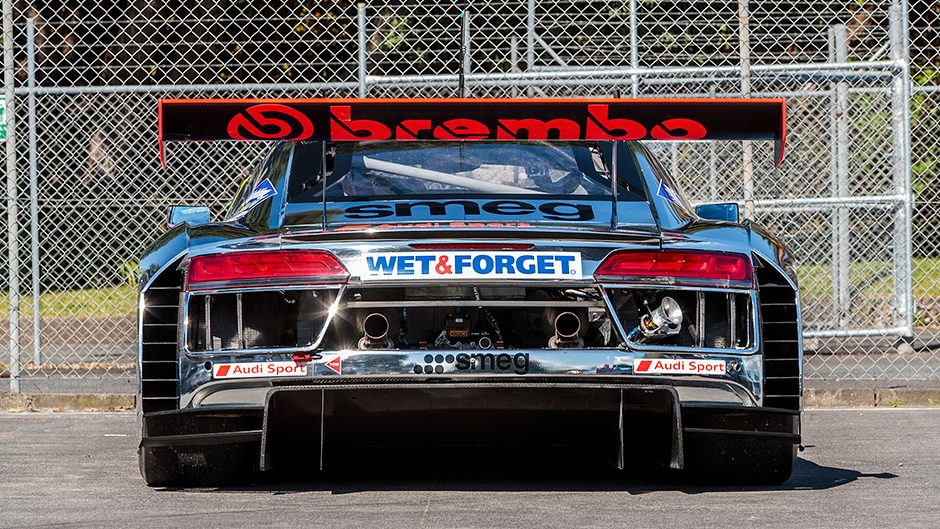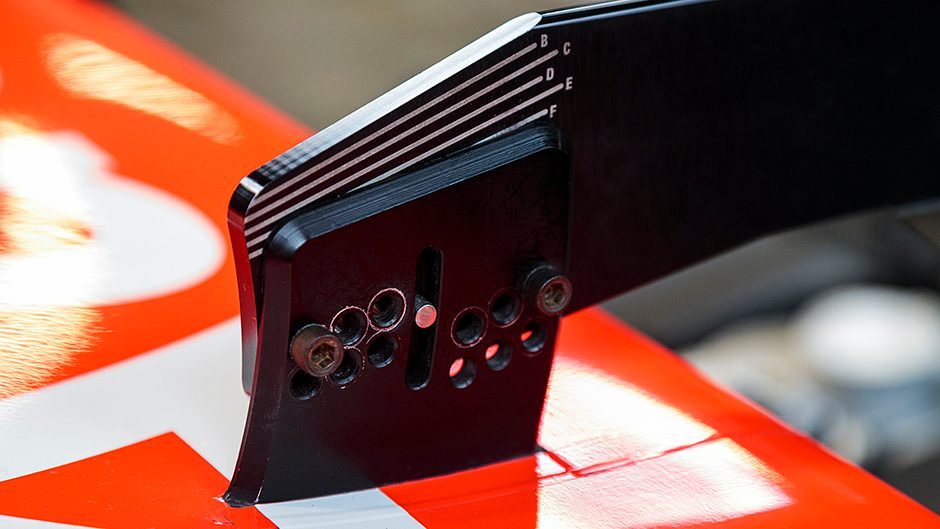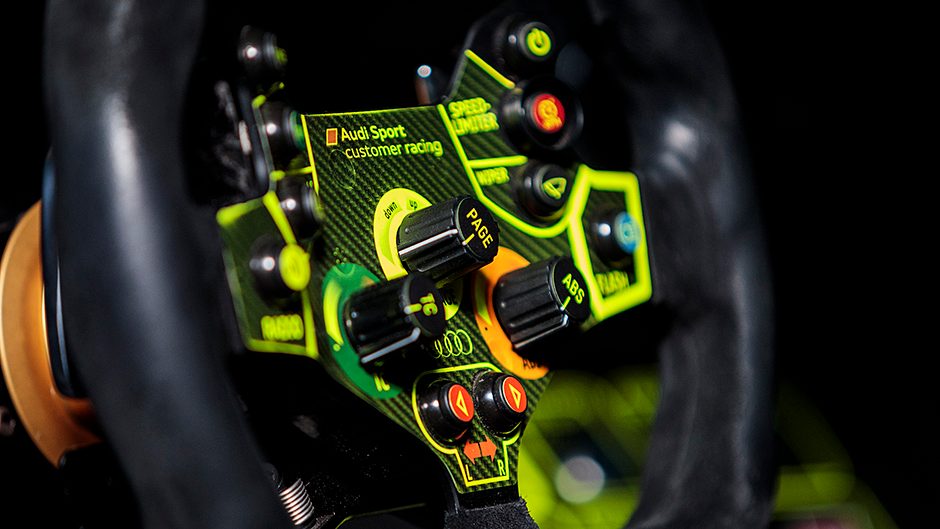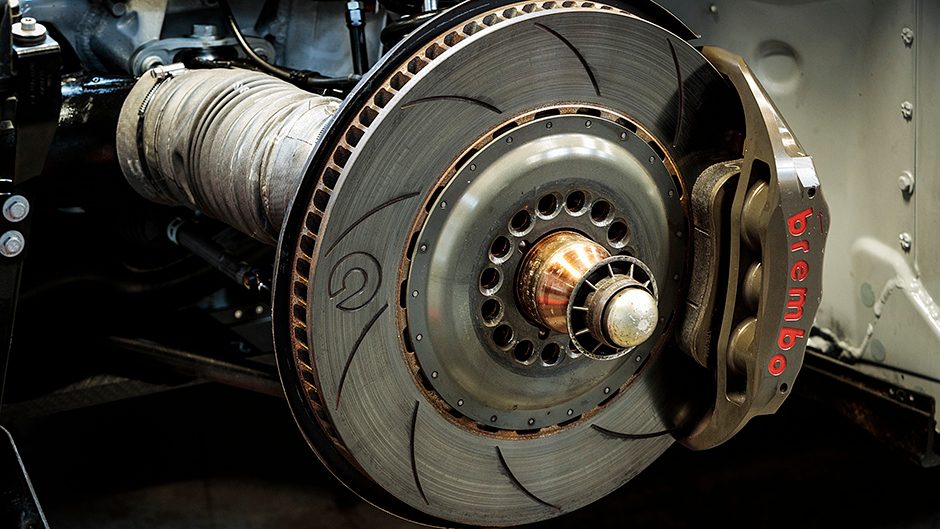SMEG Racing Audi R8 GT3
Words: Kyle Cassidy | Photos: Tom Gasnier
The GT3 race category continues to gather momentum and if you want to win endurance races here, it is the only horse to back. Here we look at the similarities between Audi’s R8 LMS race car and its V10 plus production sibling.
As we look forward to summer, it brings with it the expectations of the motorsport season, and in particular the rounds of the Australian GT championship at Hampton Downs and Highlands in Cromwell. While we’ve been well served by the V8 sedans for the past few decades, as these cars become ever less relevant, most can see the writing on the wall, and a transition towards GT class racers, like this Smeg-sponsored Audi R8 LMS.
This successful racer is the current New Zealand and North Island endurance champion, and cars just like it will be front runners for overall honours at the Highlands and Hampton Downs 501. These racers conform to the FIA’s GT3 rules of engagement, and are based on road-going weaponry. In terms of relevance, they are closely related to those models in the showroom, and there are many manufacturers now with GT3 programs.
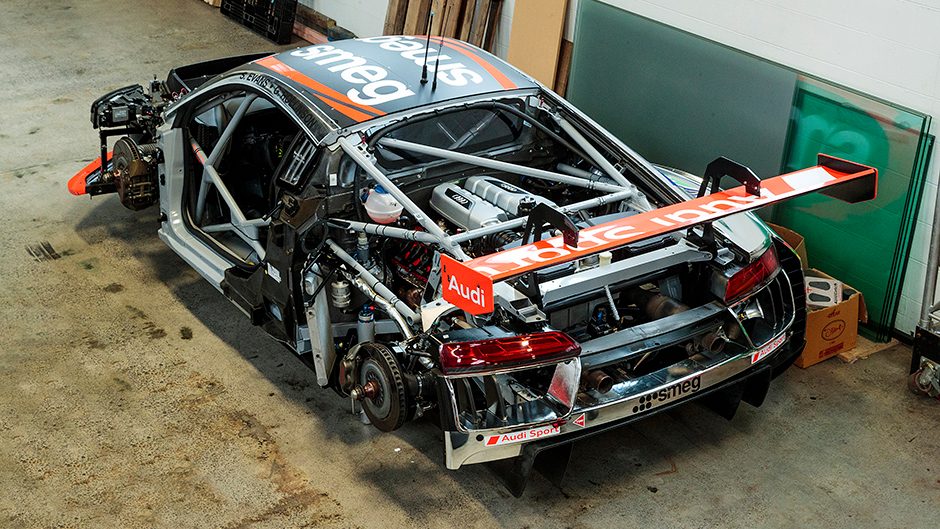
The racing brings all sorts of machinery together from all around the world, and with the category’s balance of performance system, it ensures varied grids of racing cars, all with relatively similar performance in terms of traction, aerodynamics, power and weight. Audi however seems to have struck it right with its R8, the most successful GT3 racer in the category’s existence. More than 150 R8 GT3s have been sold worldwide since 2009 while this latest generation has been in use since late 2015.
But just how much of the car is the same as the one you buy at the local Audi dealer? We peeled back the layers on the racer to find out. According to the maker, the two cars share 50 per cent of their components. The chassis for both race and road cars is made on the same production line in Heilbronn, Germany, though the race cars are removed from the line to install some of the more specialised motorsport components before being reintroduced for final assembly.
Like the road car, the chassis consists mainly of aluminium though carbon fibre reinforced plastic (CFRP) is used for the tunnel, B pillars and rear wall. There’s 89m of hand finished seam welds, along with 477 rivets and a further 511 screws to keep it stiff. Compared with the old model, the R8 LMS is now 30kg lighter complete with its stressed steel roll cage, as well as being 40 per cent stiffer. Where some other GT3 contenders use a unique engine purpose-built for racing, the R8 LMS uses the same dry-sumped 5.2-litre V10 as the road car. This is all but identical and assembled by hand at Audi’s engine plant in Győr, Hungary.
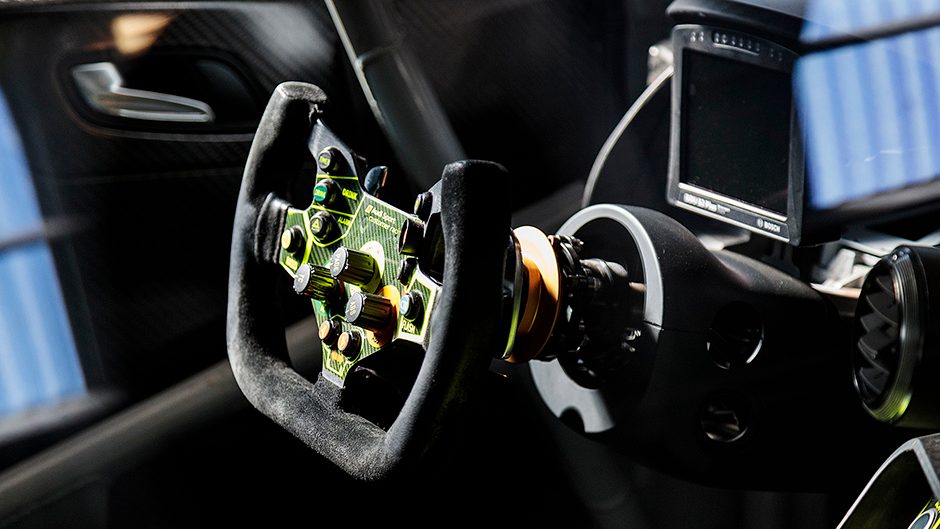
In the LMS, the V10 is designed with 10,000km service intervals with a rebuild scheduled after 20,000km of racing. The race car has a freer flowing exhaust and so is a ‘little louder’ than the standard R8 with its flapped muffler, but retains its catalytic convertors. As part of the performance parity rules, its output is limited by an inlet restrictor. The engine management system is different too with Bosch Motorsport Motronic MS6 4 unit in control.
Where the road car makes 449kW, the racer is limited to a maximum of 430kW and torque reduces ten units to 550Nm. With endurance racing in mind, it has a larger 120L tank, some 40 more than the road car. While the V10 plus has the benefit of variable AWD traction, the racer is restricted to rear-wheel drive, as per the GT3 rules.
The road car has a seven-speed twin-clutch auto, whereas the LMS uses a sequential, pneumatically-actuated six-speed gearbox with paddle shifters and an electro hydraulically activated triple-plate clutch. The showroom R8 has a three-stage stability system, but the LMS only gets programmable traction control, included with a thought to the large contingent of ‘gentleman racers’ in the class.
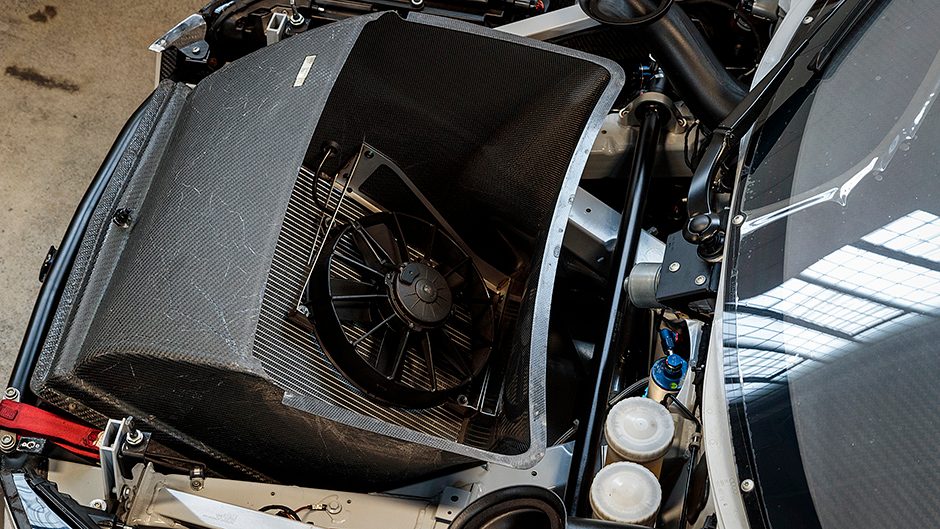
The suspension is slightly different too. The LMS gets stronger cast aluminium wishbones designed to cope better with the stresses of racing, and the variable magnetic ride technology of the road car is replaced with adjustable dampers as well as adjustable front and rear antiroll bars. The wheels are smaller but wider with forged aluminium alloys measuring 12.5 x 18 on the front and 13 x 18 on the rear. While the V10 plus gets carbon ceramics, the racer uses steel brake rotors but these are still backed by ABS technology. Other than its reduced weight, which is quoted at 1225kg and we’ve weighed the V10 plus at 1672kg, the racer’s track pace comes from its aerodynamic package.
The front bonnet has a large vent to promote airflow through the front and up over the roof creating downforce on the front and feeding the big rear wing. This rear wing is actually smaller than the old R8 racer’s due to the new car’s smooth undertray and rear diffuser which help generate downforce, allowing the wing, and therefore drag, to be reduced. The wheel wells are also open aft of the wheels to improve flow. Most of the bodywork is made from CFRP and aluminium.
Inside it’s all business, the leather and alcantara luxury missing from this R8. Audi uses some of the production car’s interior parts where it can, so the dashboard, column surround and centre stack look familiar but all the niceties are gone. In-cabin safety comprises the steel roll cage, a fire extinguisher system and the LMS is fitted with Audi’s PS 1 Protection Seat from the R18 e-tron quattro LMP1 car. It’s bolted directly to the chassis while the safety steering column and pedal box are both adjustable.
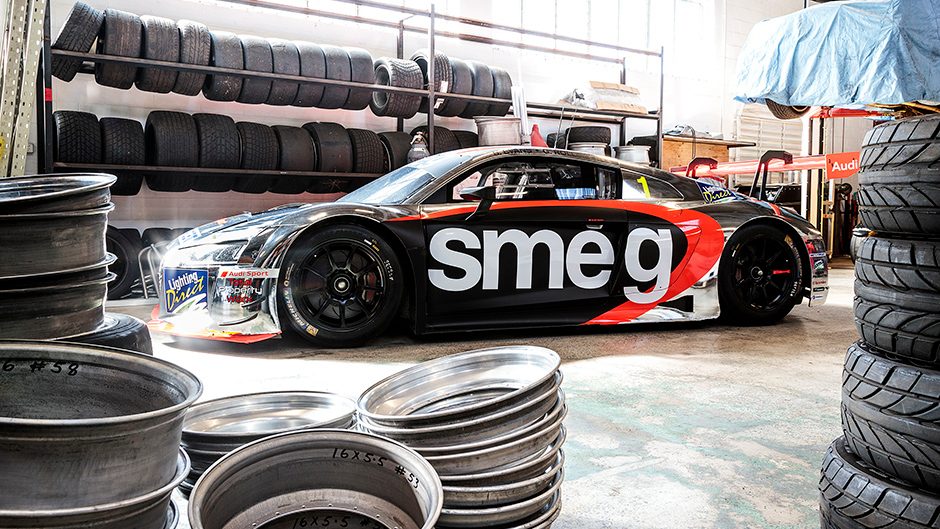
If you’re wondering what the hatch on the roof is for, it allows rescue crews to remove a driver’s helmet while they are still seated in the car without putting strain on the person’s neck. The racer incorporates a modified chassis structure up front to improve impact resistance and there’s a CFRP crash box at the rear to help absorb rear end shunts.
This GT3 racer has more commonality with the R8 road car than just about every category of tin top racing around the world, and therefore relevance.
And as manufacturers increasingly turn to electric racing series, it’s likely the GT3s will produce the fastest, loudest and most exciting production based racing around the world.
Amen.


